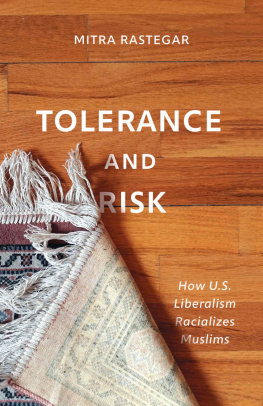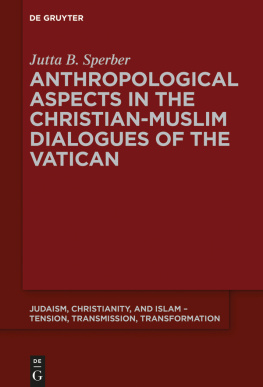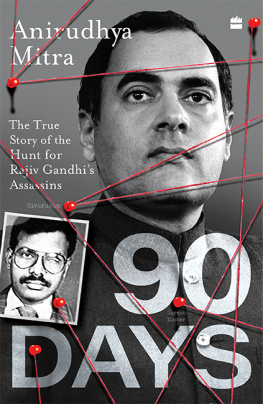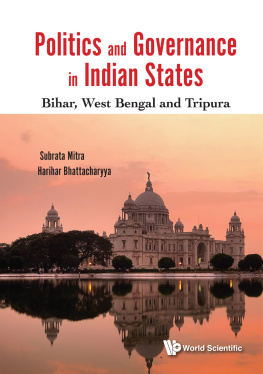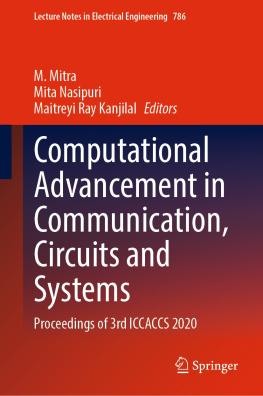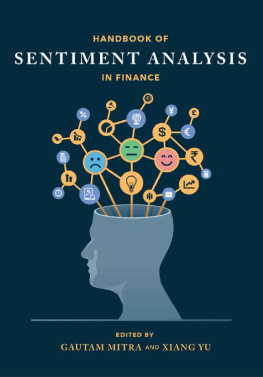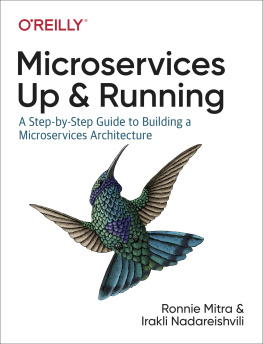Mitra Rastegar - Tolerance and Risk (Muslim International)
Here you can read online Mitra Rastegar - Tolerance and Risk (Muslim International) full text of the book (entire story) in english for free. Download pdf and epub, get meaning, cover and reviews about this ebook. year: 2021, publisher: University of Minnesota Press, genre: Politics. Description of the work, (preface) as well as reviews are available. Best literature library LitArk.com created for fans of good reading and offers a wide selection of genres:
Romance novel
Science fiction
Adventure
Detective
Science
History
Home and family
Prose
Art
Politics
Computer
Non-fiction
Religion
Business
Children
Humor
Choose a favorite category and find really read worthwhile books. Enjoy immersion in the world of imagination, feel the emotions of the characters or learn something new for yourself, make an fascinating discovery.
- Book:Tolerance and Risk (Muslim International)
- Author:
- Publisher:University of Minnesota Press
- Genre:
- Year:2021
- Rating:5 / 5
- Favourites:Add to favourites
- Your mark:
- 100
- 1
- 2
- 3
- 4
- 5
Tolerance and Risk (Muslim International): summary, description and annotation
We offer to read an annotation, description, summary or preface (depends on what the author of the book "Tolerance and Risk (Muslim International)" wrote himself). If you haven't found the necessary information about the book — write in the comments, we will try to find it.
Tolerance and Risk (Muslim International) — read online for free the complete book (whole text) full work
Below is the text of the book, divided by pages. System saving the place of the last page read, allows you to conveniently read the book "Tolerance and Risk (Muslim International)" online for free, without having to search again every time where you left off. Put a bookmark, and you can go to the page where you finished reading at any time.
Font size:
Interval:
Bookmark:
Muslim International
Sohail Daulatzai and Junaid Rana, Series Editors
With Stones in Our Hands: Writings on Muslims, Racism, and Empire
Sohail Daulatzai and Junaid Rana, Editors
Foucault in Iran: Islamic Revolution after the Enlightenment
Behrooz Ghamari-Tabrizi
Arc of the Journeyman: Afghan Migrants in England
Nichola Khan
Tolerance and Risk: How U.S. Liberalism Racializes Muslims
Mitra Rastegar
Mitra Rastegar
Muslim International

University of Minnesota Press
Minneapolis
London
Portions of chapter 2 are adapted from Reading Nafisi in the West: Authenticity, Orientalism, and Liberating Iranian Women, WSQ: Womens Studies Quarterly 34, no. 12 (2006): 10828; copyright 2006 by the Feminist Press at the City University of New York; reprinted by permission of The Permissions Company, LLC on behalf of the publishers, www.feministpress.org; all rights reserved. Chapter 3 was originally published as Emotional Attachments and Secular Imaginings: Western LGBTQ Activism on Iran, GLQ 19, no. 1 (2013): 129; copyright 2013 Duke University Press; reprinted by permission, www.dukeupress.edu.
Copyright 2021 by the Regents of the University of Minnesota
All rights reserved. No part of this publication may be reproduced, stored in a retrieval system, or transmitted, in any form or by any means, electronic, mechanical, photocopying, recording, or otherwise, without the prior written permission of the publisher.
Published by the University of Minnesota Press
111 Third Avenue South, Suite 290
Minneapolis, MN 55401-2520
http://www.upress.umn.edu
ISBN 978-1-4529-6676-2 (ebook)
Library of Congress Control Number: 2021922086
The University of Minnesota is an equal-opportunity educator and employer.
To S and O
The image by Shepard Fairey that I saw everywhere in the days, weeks, and months following the inauguration of President Donald Trumpin a full-page New York Times ad, attached to innumerable online articles, in storefronts, as Facebook profile pictures, and especially at protestsis a portrait of a striking woman gazing directly at the viewer. Her head is covered by a form-fitting head scarf, half in blue with white stars, the other half in red and white stripes. The red is repeated only in her lips, and the lipstick seems to extend slightly beyond the perimeter of her mouth. Thick eyelashes, arched eyebrows, and distinct cheekbones convey the beauty of the framed face. The U.S. flag hijab fully covers her shoulders and fills the bottom of the poster. Below reads We the people / are greater than fear. The poster was first publicized as one of three images of women that circulated in relation to the Womens March on Washington the day after President Trumps inauguration. The other images are of a Black woman with a solemn, slightly downcast expression that reads We the people / protect each other and of a Latina woman smiling slightly and wearing a red rose in her hair that reads We the people / defend dignity. The three images connect a feminine, presumably feminist, and multicultural image of the United States with an articulation of reenvisioned founding values and implicitly critique anti-Black violence, anti-immigrant policy, and Islamophobia. In the context of Trumps executive order banning the entry of visa holders (and initially green card holders) from several Muslim-majority countries, his adoption of explicit anti-Muslim rhetoric, and an increase in hate crimes in the United States against Islamic institutions and individuals perceived as Muslim, the image of the Muslim woman seems to articulate a perfect countermessage: Muslims are patriotic Americans, and hence Muslims do belong here. This message of inclusion resonated strongly among critics of the Trump regime.
This Shepard Fairey image also beautifully epitomizes the tensions implicit in predominant U.S. discourses of tolerance in relation to Muslims in the years since the September 11 attacks. These discourses are the object of analysis of this book. Among the three images, the Muslim woman is the only one that includes the colors and patterns of the American flag. All three images include the first three words of the U.S. Constitution: We the people. Given that the American flag is often associated with a conservative perspective on U.S. cultural identity and global geopolitical role (compare the prevalence of U.S. flags at progressive versus conservative rallies), what does it mean to attach it to the Muslim woman only? If the goal is to reclaim the flag, and hence U.S. identity, as a liberal and inclusive symbol, why not repeat the flag in all three images? However, the flag seems to serve another purpose, which is to mark the figure as the one who most needs to be explicitly brought into the nation, to be seen as patriotic, to be seen as unthreatening. The Muslim woman needs the flag to become Americanshe needs not simply an association with the flag but to wear the flag as hijab, her body and religion literally transformed through the symbol of American patriotism. Given that Black and Latina women are also violently excluded from the privileges of the nation, why is it that the flag in particular is what needs to be attached to the Muslim woman? What does this tell us about the terms of inclusion and exclusion of Muslims as a relatively newly configured internal racial Other?

Figure 1. Womens March on Washington, January 21, 2017. Photograph by JohnJackPhotography.
Before 2001, images of Muslims, who were commonly associated with the Middle East, served to exotify, mystify, and evoke a distant threat: flying carpets, belly dancers, harem women, wish-granting genies, camel-riding Arabs, oil-rich sheikhs, gun-toting hijackers, black-veiled women, and turbaned mullahs. With the September 11, 2001, attacks, that wall of separation between Muslims and the United States was punctured. Suddenly people who had been living in the United States for years, decades, or generations began to be seen in a new light. Identified with the moniker Muslim or Arab, people were called on to fill these categories. I remember my own wonder at suddenly seeing television programs filled with talking heads discussing my part of the world or speaking as Muslims themselves. I also remember being asked for the first time, from curious and supportive acquaintances, if I was Muslim. As an Iranian American with Muslim family members, even as someone who is not religious and has never self-identified (or dis-identified) as Muslim, it seemed like the world where I was from was coming into recognition in a new way. It was oddly affirming.
These memories seem naive looking back, as I am, from the era of Trump. Nevertheless, a mode of relating to Muslims took shape in the post-9/11 period that has left its indelible mark, especially on those who espouse inclusion and multiculturalism. In analyzing discourses of tolerance, one can see how the articulation of liberal values in the public sphere functions today. Do representations of Muslims as tolerable and sympathetic actually promote tolerance? Do they create space for Muslims to hold differing religious, cultural, and political perspectives and still be deemed acceptable? As should already be clear, this book is not about Muslims themselves. It is not about the more than one billion people globally who claim Islam as their faith, the millions of Americans who do, or the millions of Americans who come from countries where Islam is the predominant religion. It is also not about Islam as a faith with multiple denominations, sects, and schools of thought or Islam as comprising highly variable cultural norms associated with people who practice the religion. Rather, this book is about how Muslims are represented and perceived, and particularly how articulations of sympathy and tolerance for Muslims shape those perceptions.
Font size:
Interval:
Bookmark:
Similar books «Tolerance and Risk (Muslim International)»
Look at similar books to Tolerance and Risk (Muslim International). We have selected literature similar in name and meaning in the hope of providing readers with more options to find new, interesting, not yet read works.
Discussion, reviews of the book Tolerance and Risk (Muslim International) and just readers' own opinions. Leave your comments, write what you think about the work, its meaning or the main characters. Specify what exactly you liked and what you didn't like, and why you think so.

